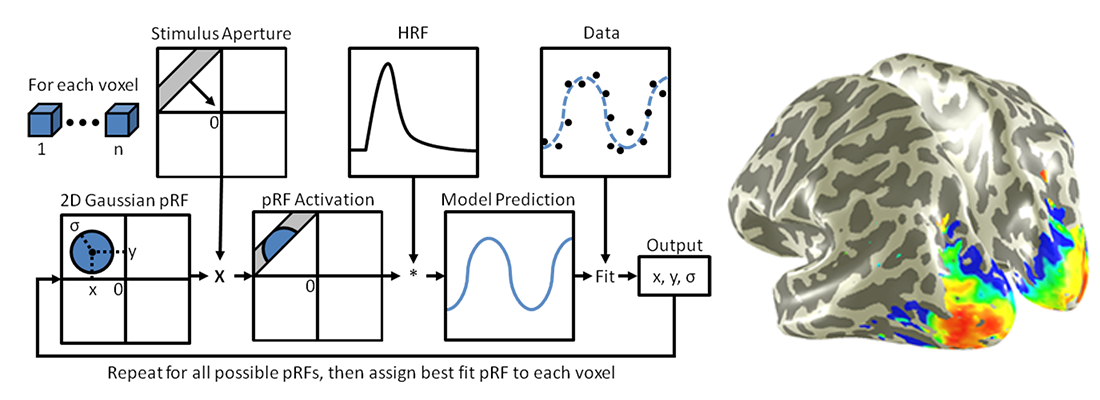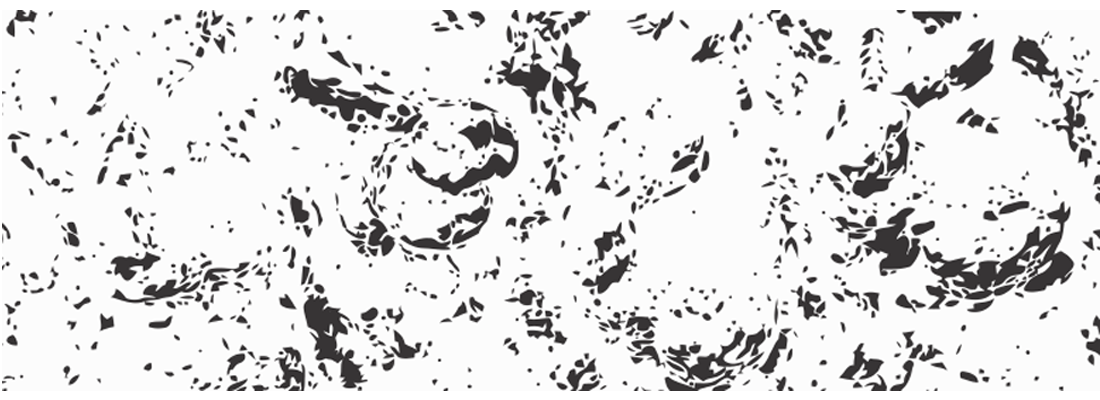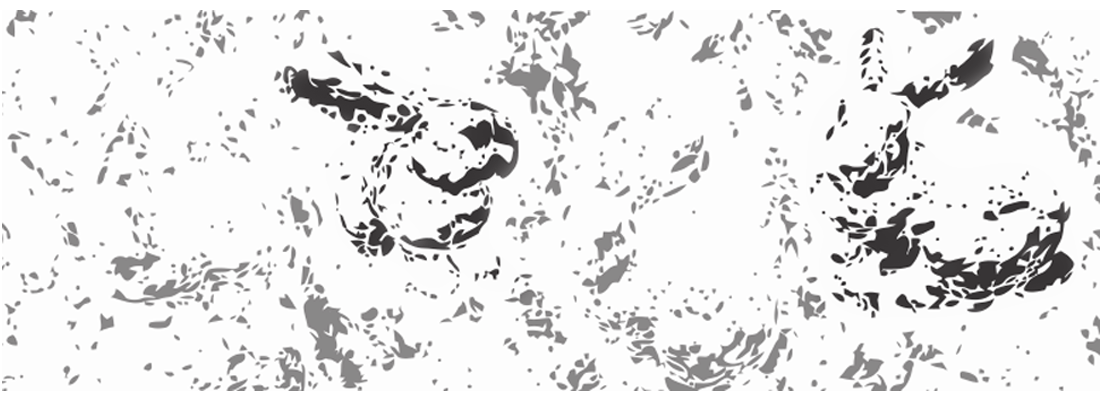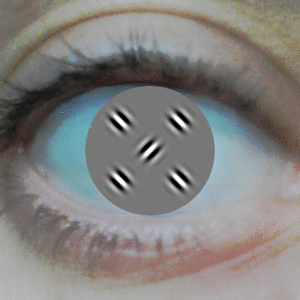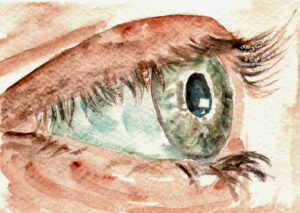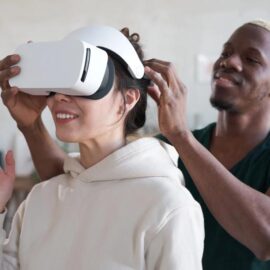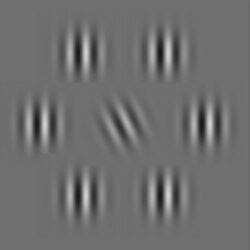Using VR and Eye tracking in visual rehabilitation
The incorporation of Virtual Reality (VR) and Eye tracking can provide advantages for assessment and training in visual rehabilitation to both patients and therapists. Birte Gestefeld and colleagues conclude this in their paper in the journal “Vision Rehabilitation International”. You … Continued
Congratulations, dr. Joana!
Congratulations to Joana Carvalho for successfully defending her PhD thesis entitled ‘Plasticity of cortical visual field representations’. Joana defended her thesis on the 6th of July of 2020 and will continue her scientific career as a postdoctoral researcher at the … Continued
Can you see it all at once?
Some people have trouble seeing multiple things at once and discovering relations between items in a scene. This is simultanagnosia. It can occur in patients with acquired brain injury. In the journal “Applied Neuropsychology: Adult”, Stefanie de Vries and colleagues … Continued
OptiVisT to promote the participation of people with a visual impairment
The European Union has granted our new training grant OptiVisT! In order to promote the social participation of people with a visual impairment, it is essential to have a good picture of their visual functioning. Conventional ophthalmic tests (for example … Continued
KNAW Grant for new collaboration with Spinoza Center for Neuroimaging
The Laboratory of Experimental Ophthalmology of the UMCG together with the Spinoza Centre for Neuroimaging received a grant from the KNAW-research fund (€250.000) for studying the human neurocircuitry by expanding the Dutch neuroscientist network. The project aims to kick-off a … Continued
To train or not to train?
Visual restitution training may improve the vision of people with hemianopia, yet not all patients benefit equally from this long and exhaustive procedure. Would it not be great if we could predict who will benefit and who will not? In … Continued
Tiny is beautiful!
Assessing population receptive field (pRF) properties is fundamental to understanding the neural basis of human sensory and cognitive behaviour. However, current approaches require making numerous a priori assumptions which is undesirable. In a recent paper in the journal “Neuroimage” Joana … Continued
Postdoc: computational visual neuroscience and eye-movements
(This position is no longer available, but do contact Frans Cornelissen in case you are looking for a position and recognize yourself in the below description. ) We have an immediate position available (0.8-1.0 fte) for a postdoctoral scientist with … Continued
Connecting the dots
When studying the plasticity of the human visual brain, neuroscientists have always emphasized the study of the receptive field properties of neurons. In a review and opinion paper in the journal “Neural Plasticity”, Joana Carvalho and co-authors argue there are … Continued
Treating your brain’s hubs with a magnet
Visual hallucinations (VH) are conscious visual perceptions that occur in the absence of an external physical stimulus. Some patients may have VH that are so frequent or disturbing that they seek treatment for these. In this paper in the journal … Continued
GLANCE Project of Dilce Tanriverdi Receives Funding to Study Visual Crowding under Low-Light Conditions in Glaucoma
People with glaucoma often struggle to see in dim lighting, but standard vision tests don’t always capture these everyday challenges. One overlooked factor may be visual crowding. Visual crowding, which is the difficulty... READ MORE
Mind your ‘stip’!
There is a need for simpler methods to assess sensitivity at different visual field locations. In a recent paper in the journal Translational Vision Sciences and Technology, Anne Vrijling and colleagues show that... READ MORE
[Position filled] PhD in the “Virtual Reality for enhanced Visual Rehabilitation” (VR4eVR) project
Our research project “Virtual Reality for enhanced Visual Rehabilitation” (VR4eVR: say ‘VR forever’) aims at finding out how virtual reality (and fMRI) may facilitate visual rehabilitation for hemianopia, which may be necessary after... READ MORE
Daily life vision captured in a ‘flower’
Visual crowding shows that it is harder to recognize objects when these are surrounded by similar objects, such as in a cluttered environment. The phenomenon has relevance in various ophthalmic and neurological disorders.... READ MORE
